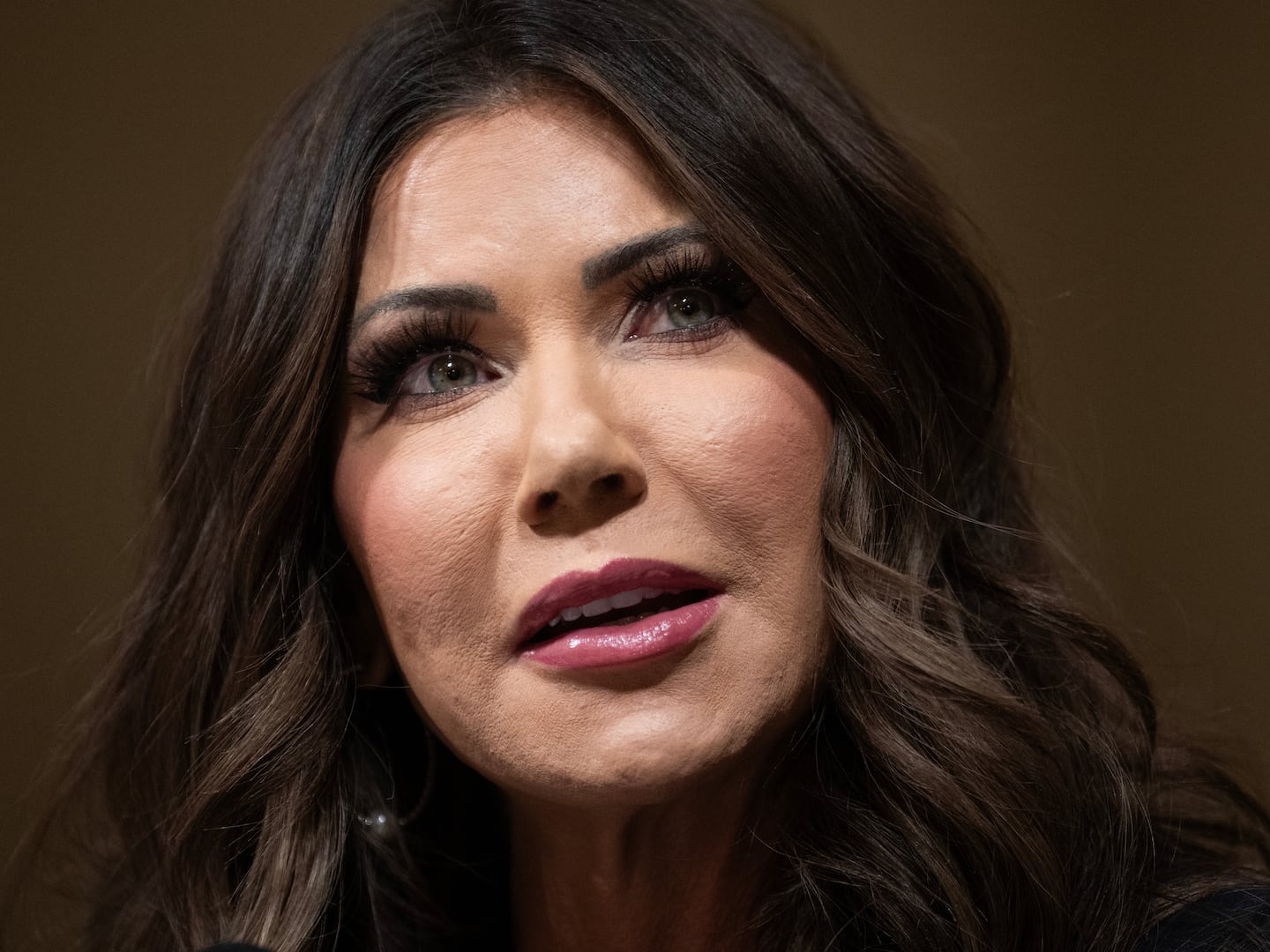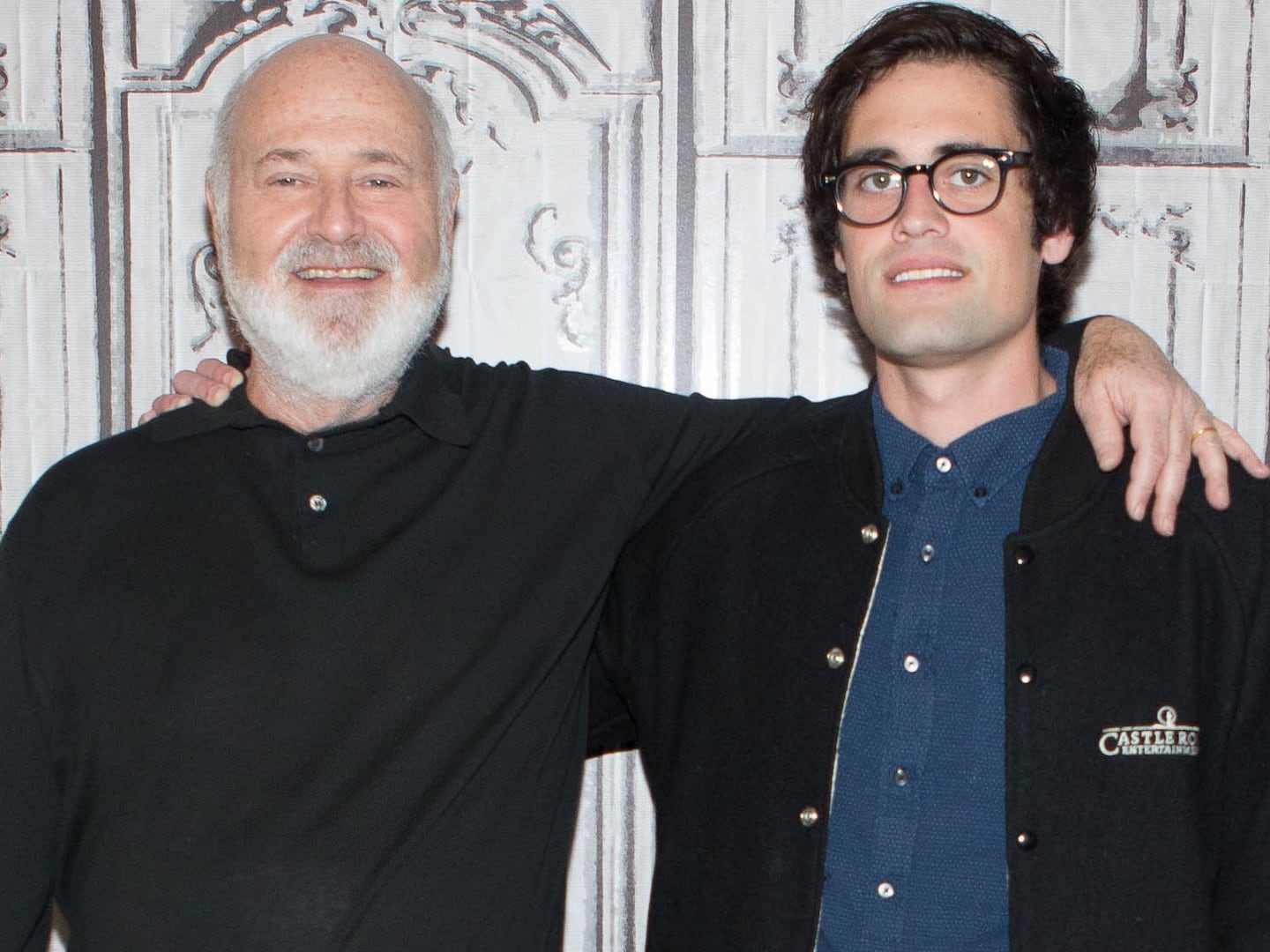
Middle Eastern banking regulations don't normally make headlines, but the United Arab Emirates' announcement on Sunday that it would guarantee bank deposits was heard 'round the world. The reason is that the Emirate of Dubai, along with Abu Dhabi one of the main components of the U.A.E., shook up an otherwise sleepy Thanksgiving weekend with the announcement that Dubai World, the heavily indebted state-owned real estate development company, would be unilaterally restructuring its debts. That would have been major financial news on any day—countries are generally assumed to stand behind the debts of state-owned firms and a sovereign default is always big news. But these days, financial news is political news, so the Dubai default is raising fears about the stability of other small, heavily indebted countries and nobody certain where a wave of defaults might end.
What’s really strange is that in the minds of some, the Dubai bubble economy became a poster boy for the virtues of free markets.
But beyond a scare story from the financial crisis, Dubai World’s trouble likely represents the end of one of the most bizarre social models in the world. Before the default, Dubai was probably best-known to the world for its ambitious architectural projects. Things like Burj al-Arab, the world’s second-tallest hotel, built on an artificial island and sculpted to resemble the shape of a sail. Or, on an even more ambitious scale, the Palm Islands, a series of artificial islands constructed to resemble the shape of palm trees, but done at such a large scale as to be clearly visible from the International Space Station. Dubai features the largest shopping mall in the world, as well as a smaller shopping mall that includes, among other things, an indoor ski resort.
Why would a place with a smaller population than Kansas need the world’s biggest mall, massive skyscrapers and a massive land reclamation projects? Well, it didn’t. As to why they were there, most people were probably inclined to say some eccentric sheikh got his hands on oil money. In reality, however, while neighboring Abu Dhabi is still a major exporter of oil and natural gas, Dubai’s natural resource wealth has largely run out. Instead, the Emirate tried to reinvent itself as a finance and tourism hub.
Mostly, however, it just succeeded in launching a self-sustaining real estate bubble, with real estate and construction constituting over twenty percent of its economy and growing back in 2005. State-owned Dubai World financed these mega-projects, which attracted guest workers to the city-state for jobs, and the workers provided shoppers for the malls and bid-up the price of existing real estate holdings. The rising property values led to the idea that the loans financing the construction made sense, since after all, if worse came to worst, the property could always be flipped at a profit (sound familiar?). Besides, the loans were guaranteed by the government, right?
Obviously, the party had to stop one of these days. What’s really strange, however, is that in the minds of some, the Dubai bubble economy became a poster boy for the virtues of free markets. Jeff Madrick of the Economic Policy Institute writes in his book that “there really is no example of small government among rich nations,” an assertion Donna Wiesner Keese of the conservative Independent Women’s Forum dismissed as “unsupported nonsense,” urging readers to “think Dubai, free and rich.”
Dubai is “free” in the sense that it has low taxes, but it’s a monarchy where, according to the State Department, human rights abuses included “no citizens’ right to change the government and no popularly elected representatives of any kind; flogging as judicially sanctioned punishment; arbitrary detention and incommunicado detention, both permitted by law; questionable independence of the judiciary; restrictions on civil liberties- freedom of speech and of the press (including the Internet), and assembly; restrictions on right of association; restrictions on religious freedom; domestic abuse of women, sometimes enabled by police; trafficking in women and children; legal and societal discrimination against women and noncitizens; corruption and lack of government transparency; common abuse of foreign domestic servants; and severe restrictions on and abuses of workers’ rights.”
What’s more, Dubai’s low tax success story was a mirage. The real estate megaprojects were, in effect, a massive program of public works financed through bad debts. And while Dubai was an extreme case, it’s hardly the only example of the right falling in love with small countries riding a debt boom to fake prosperity. The Cato Institute’s Chris Edwards and Daniel Mitchell, for example, were deeply taken with the Baltic nations of Estonia, Latvia, and Lithuania who adopted flat taxes and, supposedly as a result, enjoyed economic booms. Today the region is saddled with bad debts and expected to experience double-digit economic contractions in 2009 with more shrinkage in 2010. Famously collapsed Ireland and Iceland were also held up at various points as models of the right-wing path to prosperity.
All of which should serve as a reminder that the collapse of Dubai’s debts, and the ongoing global financial meltdown, is about more than bad real estate investments. It’s about a bad social model, a brand of bubbled-fueled capitalism that sleights public investment and overrates private consumption. It’s a model that’s dominated not just Dubai, but to a large extent the United States of America for a period of decades. A model that should be discredited, but that we have yet to fundamentally leave behind.
Matthew Yglesias is a fellow at the Center for American Progress Action Fund. He is the author of Heads in the Sand: How the Republicans Screw Up Foreign Policy and Foreign Policy Screws Up the Democrats.






